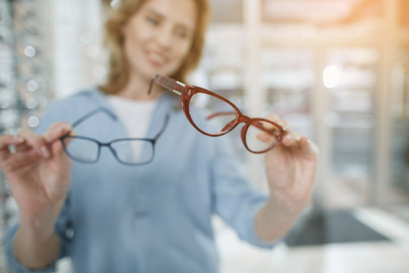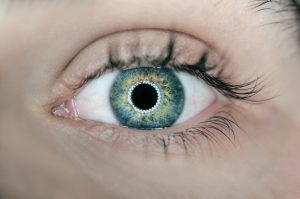As we age we begin to notice some changes to our vision. The risk of age related eye conditions such as glaucoma, cataracts, and macular degeneration increase as we grow older. This is why it’s important to start caring for your eyes now to help prevent these conditions and preserve your vision as best as you can.
Below are a few recommended ideas on how to best care for your eyes as they age.
Wear Sunglasses On Sunny Days
One of the best ways to protect ageing eyes is to always wear sunglasses in the summer. On sunny days, harmful UV rays can unknowingly do a lot of damage to your eyes. Overexposure to UV rays can lead to vision problems such as cataracts. This is one of the reasons why it’s so important to keep your eyes covered and protected
At R Woodfall, we have a wide range of sunglasses for you to choose from. From lenses to the right frames for you, we can help you out with all of your eye protection needs.
Be More Physically Active
Exercise is good for your body, but did you know that it also benefits your eye health directly? Cardiovascular exercise such as running, walking, and swimming can lower the intraocular pressure in the eye. Intraocular pressure refers to the fluid pressure of the eye, which can cause problems if this pressure is too high. Cardiovascular exercise can lower this pressure and in turn, help prevent eye conditions such as glaucoma.
Quit Smoking
It’s no secret that smoking is bad for your health, but did you know it can directly affect your eyesight too? Quitting smoking is a recommended method of preventing many eye conditions, especially age-related macular degeneration (AMD). Smokers are three to four times more likely to be diagnosed with AMD, so quitting is your best option.
Visit Your Optician Regularly
At R Woodfall, we can help identify any eye conditions you may have and give you the necessary treatment. By visiting us, you can help prevent or improve any eye conditions that you may exist. We have the very best optical technology to perform eye examinations that can detect age-related eye conditions.
It’s better to detect eye conditions early rather than later, so by visiting an optician practice such as one of ours, you can ensure your eye health is in great hands.
Feel free to contact us today with any queries you may have. We’d be happy to help you with all of your eye care needs.


























